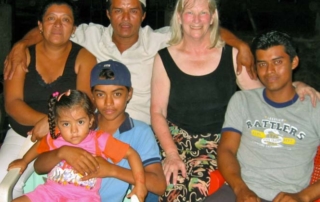Teaching English on Ometepe
Sheila Kelley reports on her 2½-month stay on Ometepe, where she volunteered as an aide in high school English classes at two schools and was warmly embraced by her host families and the communities of La Flor and Los Angeles.
